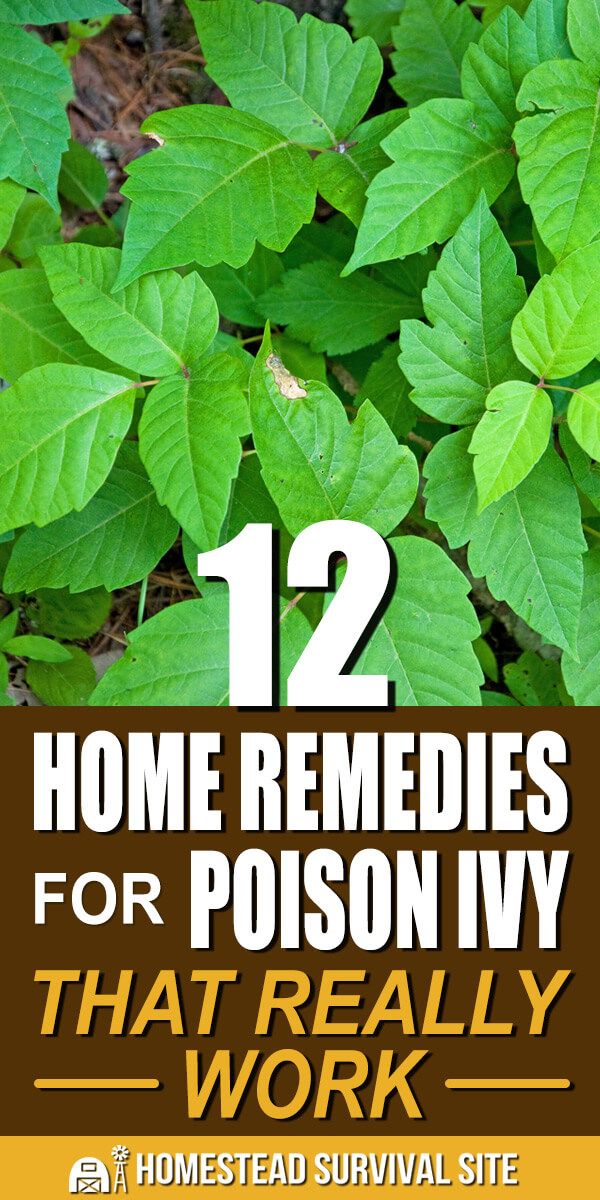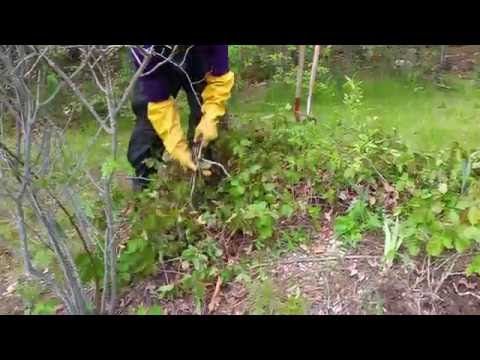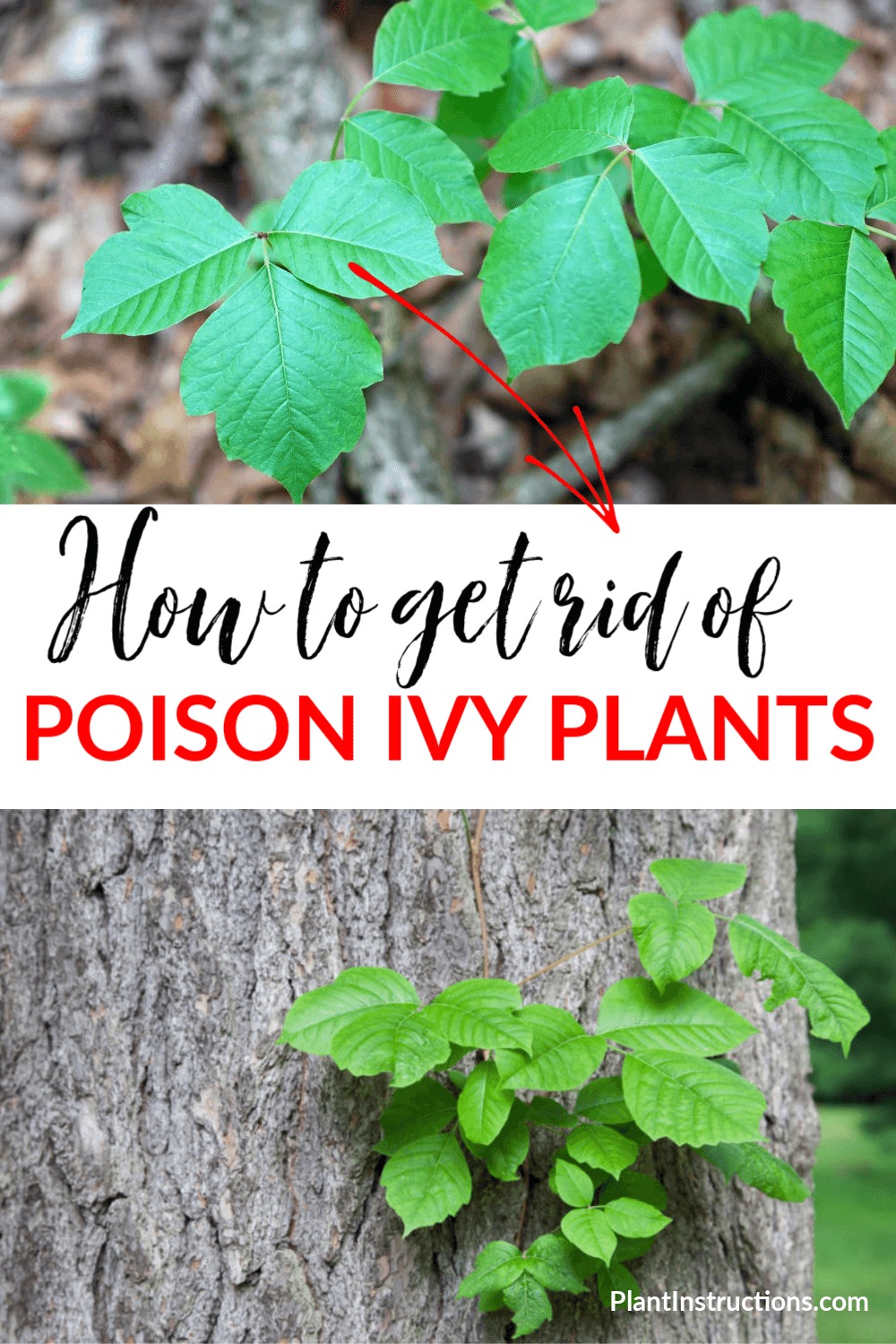
How to get rid of poison ivy plants safely
How to Safely Remove Poison Ivy Plants Introduction Poison ivy, with its notorious three-leaf clusters, can be a real menace for anyone who comes into contact with it. The effects of its irritating oils can range from mild rashes to severe skin reactions. To ensure your safety and rid your property of this unwelcome plant, […]
How to Safely Remove Poison Ivy Plants
Introduction
Poison ivy, with its notorious three-leaf clusters, can be a real menace for anyone who comes into contact with it. The effects of its irritating oils can range from mild rashes to severe skin reactions. To ensure your safety and rid your property of this unwelcome plant, you’ll need to follow a few essential steps. In this comprehensive guide, we’ll walk you through the process of safely removing poison ivy plants, providing you with the knowledge and techniques you need to reclaim your space.
Identifying Poison Ivy

Before you can effectively remove poison ivy, you must be able to identify it. Poison ivy typically has three shiny, almond-shaped leaves and can vary in color from green to red, depending on the season. The plant often grows as a vine, clinging to trees, fences, and other surfaces. Proper identification is crucial because you don’t want to mistakenly remove harmless plants.
Safety Precautions

Dealing with poison ivy requires careful planning and protective measures. Here are some safety precautions you should take:
- Wear Protective Gear: Before you start, make sure to don protective clothing, including long sleeves, pants, gloves, and closed-toe shoes. This will minimize your skin’s exposure to the plant’s oils.
- Use Eye Protection: Wear safety goggles or glasses to protect your eyes from potential splatters or airborne oils.
- Avoid Direct Contact: Never touch the poison ivy plant with your bare hands. Use a tool or a barrier, such as a plastic bag, to handle it.
- Keep a First Aid Kit Handy: Accidents can happen, so it’s wise to have a first aid kit nearby in case you accidentally come into contact with the plant.
- Dispose of Clothing Carefully: After working with poison ivy, carefully remove and wash your clothing separately to prevent the oils from spreading to other items.
Tools and Materials

To remove poison ivy effectively, you’ll need the following tools and materials:
- Gloves: High-quality, disposable gloves are essential to protect your hands.
- Pruning Shears: Use pruning shears to cut the poison ivy at the base.
- Plastic Bags: These are useful for safely disposing of the plant and any contaminated items.
- Herbicide: Opt for an herbicide specifically designed for woody plants. Make sure it’s safe to use around other vegetation.
- Safety Goggles: Protect your eyes from potential splashes of poison ivy oils.
- Trash Bags: You’ll need these for disposing of contaminated materials safely.
Removal Process

Now, let’s get into the step-by-step process for safely removing poison ivy from your property:
Step 1: Prepare Your Workspace
Before you begin, put on your protective gear, including gloves and safety goggles. Make sure your tools are readily accessible.
Step 2: Cut the Ivy at the Base
Using your pruning shears, cut the poison ivy at its base. Ensure you sever the entire plant, including its roots. Place the cuttings directly into a plastic bag.
Step 3: Bag and Seal
After cutting, carefully place the entire plant, along with your gloves, into a plastic bag. Seal the bag tightly to prevent any oil from escaping.
Step 4: Apply Herbicide (Optional)
If you’re dealing with a large infestation or want to ensure that the plant won’t regrow, you can apply an herbicide to the cut stump. Follow the manufacturer’s instructions for safe and effective use.
Step 5: Clean Up
Thoroughly clean your tools and work area. Wash your gloves separately from other laundry items to avoid contamination.
Step 6: Wash and Shower
After completing the removal process, immediately wash your hands and any exposed skin with soap and water. Take a shower to ensure you’ve removed all traces of poison ivy oils.
Disposal

Proper disposal is crucial to prevent the spread of poison ivy. Here’s how to do it:
- Double-Bag the Waste: Place the sealed plastic bag containing the poison ivy in another bag to provide an extra layer of protection.
- Label the Bags: Clearly label the bags as “Poison Ivy Waste” so that others are aware of the contents.
- Dispose of Waste: Check with your local waste management authority for specific guidelines on how to dispose of poison ivy waste. Some areas have special procedures for hazardous materials.
Frequently Asked Questions (FAQ)
Q1: Can I burn poison ivy to get rid of it?
No, burning poison ivy can release toxic oils into the air, causing severe respiratory problems. It’s not a safe method of removal.
Q2: What should I do if I come into contact with poison ivy?
If you touch poison ivy, wash the affected area with soap and water immediately. Applying an over-the-counter topical cream can help alleviate itching and inflammation. If symptoms persist or worsen, consult a healthcare professional.
Q3: Is it safe to remove poison ivy without herbicides?
Yes, you can remove poison ivy without herbicides, but it may require more effort to ensure the plant doesn’t regrow. Cutting the plant at the base and diligently disposing of it is an effective non-chemical method.
Q4: Can I compost poison ivy?
It’s not advisable to compost poison ivy, as the oils can persist in compost and potentially cause problems when used in your garden. It’s safer to dispose of it according to your local guidelines.
Q5: How long does it take for poison ivy to regrow after removal?
Poison ivy can regrow, especially if the roots remain intact. It’s essential to monitor the area and remove any new growth promptly.
Conclusion
Safely removing poison ivy from your property is a crucial task that requires attention to detail and careful execution. By following the steps outlined in this guide and taking necessary safety precautions, you can effectively eliminate this troublesome plant. Remember to properly dispose of all contaminated materials and keep an eye on the area for any regrowth. With the right approach, you can enjoy a poison ivy-free environment without risking exposure to its irritating oils.
tag
- chicken feed
- how to Keep Chickens Off Your Porch
- How to grow oyster mushrooms at home
- Growing Kale in Pots







